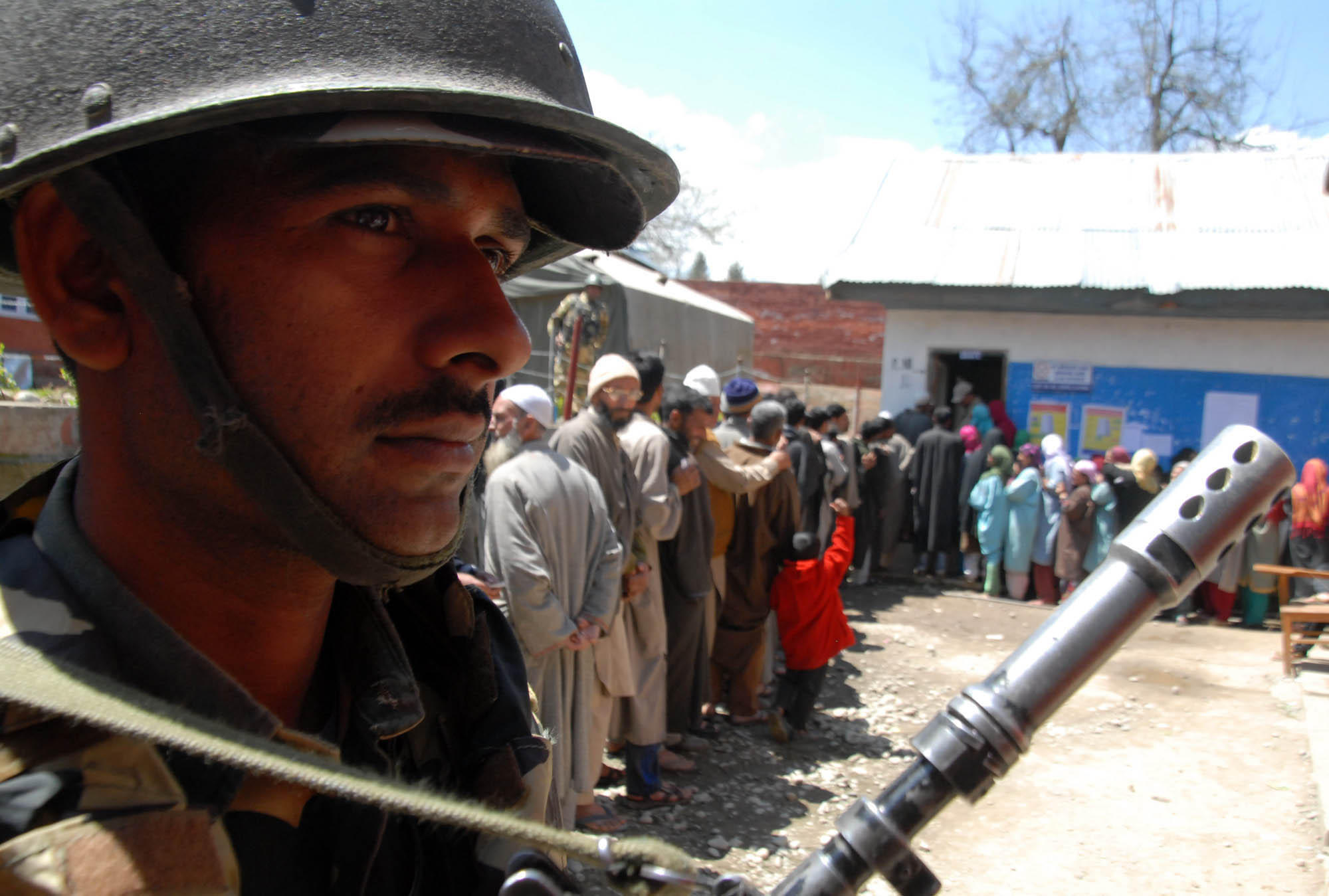SRINAGAR: After a cessation in rainfall from more than 12 hours and a significant improvement in weather conditions in Jammu and Kashmir, the water levels in the river Jhelum and other tributaries in the valley have begun to recede following an earlier upward trend on Tuesday morning.
Chief Engineer Irrigation and Flood Control (I&FC) Department Kashmir, Naresh Kumar said that with a stop in rainfall for more than 12 hours, the water level in Jhelum and other tributaries except for Asham in north Kashmir has already begun to recede.
“We are in a safe situation, there is nothing to worry about. Although there was no imminent flood threat, caution was taken at full level. Barring Asham in north Kashmir which will also start receding, the water level in all water bodies is already receding,” he said.
Notably, following the heavy rainfall, Divisional Commissioner, Kashmir, Vijay Kumar Bidhuri on Monday convened a high-level meeting to assess the overall situation and rescue operations.
The Div Com directed round-the-clock functioning of control rooms in every district to monitor the flood situation during the night, and deputation of senior officers and field staff for restoration of essential services besides responding to any exigency, directing HoDs to depute a senior officer each at the Integrated Command and Control Centre, HMT for close synergy and coordination to monitor the situation besides dissemination of correct, factual and timely information.
Bidhuri directed the Deputy Commissioners to work on a need-based evacuation plan for the people from low-lying areas in case of inundation by flood in their respective districts.
Following the inclement weather conditions, DC Srinagar Dr Bilal Mohi-Ud-Din Bhat, who is also the Chairman of the District Disaster Management Authority (DDMA), chaired a meeting of concerned officers to review the flood control and mitigation preparations in the district.
During the review meeting, he directed the officers to remain in the state of readiness by mobilising men and machinery on the ground, particularly at vulnerable spots to avoid any loss of human lives or property damage.
Bhat called for round-the-clock monitoring of vulnerable flood-prone areas and ensuring timely dissemination of information among the people viz. flood alerts, evacuation points/centres and transportation plans.
Meanwhile, CE I&FC Kashmir said that their men and machinery were on their toes and were constantly monitoring the situation during the whole night alongside divisional and district administrations.
“There were few isolated minor damages to Jhelum embankments at few places, and they were timely plugged in as well,” he said while urging people not to consider every rainfall as 2014 flood-like rainfall and to discourage the panic and fear among the people during these situations.
Earlier in the day, Kumar reassured the public that the situation was under control, stating that close monitoring was ongoing and urging people not to panic, especially considering the significant improvement in weather conditions since last night.
As per the I&FC data reviewed by KNO at 7:00 pm, the water level of Jhelum at Sangam had already started to recede, with the gauge recording 14.92 ft. Simultaneously, Pampore and Ram Munshi Bagh registered water levels of 4.45m and 17.49 ft respectively, while Asham in north Kashmir recorded 11.77 ft.
Meanwhile, the weather department in Srinagar has forecasted cloudy weather with the possibility of fresh rains, particularly in the afternoon.
“Generally cloudy weather with light rain and thunder is expected at many places on April 30, while from May 1-5, generally dry weather with afternoon thundershower activity is anticipated at a few places,” Meteorological officials at Srinagar said, adding, “Light rains with thunder at scattered places have been forecasted from May 6-7.”—(KNO)















